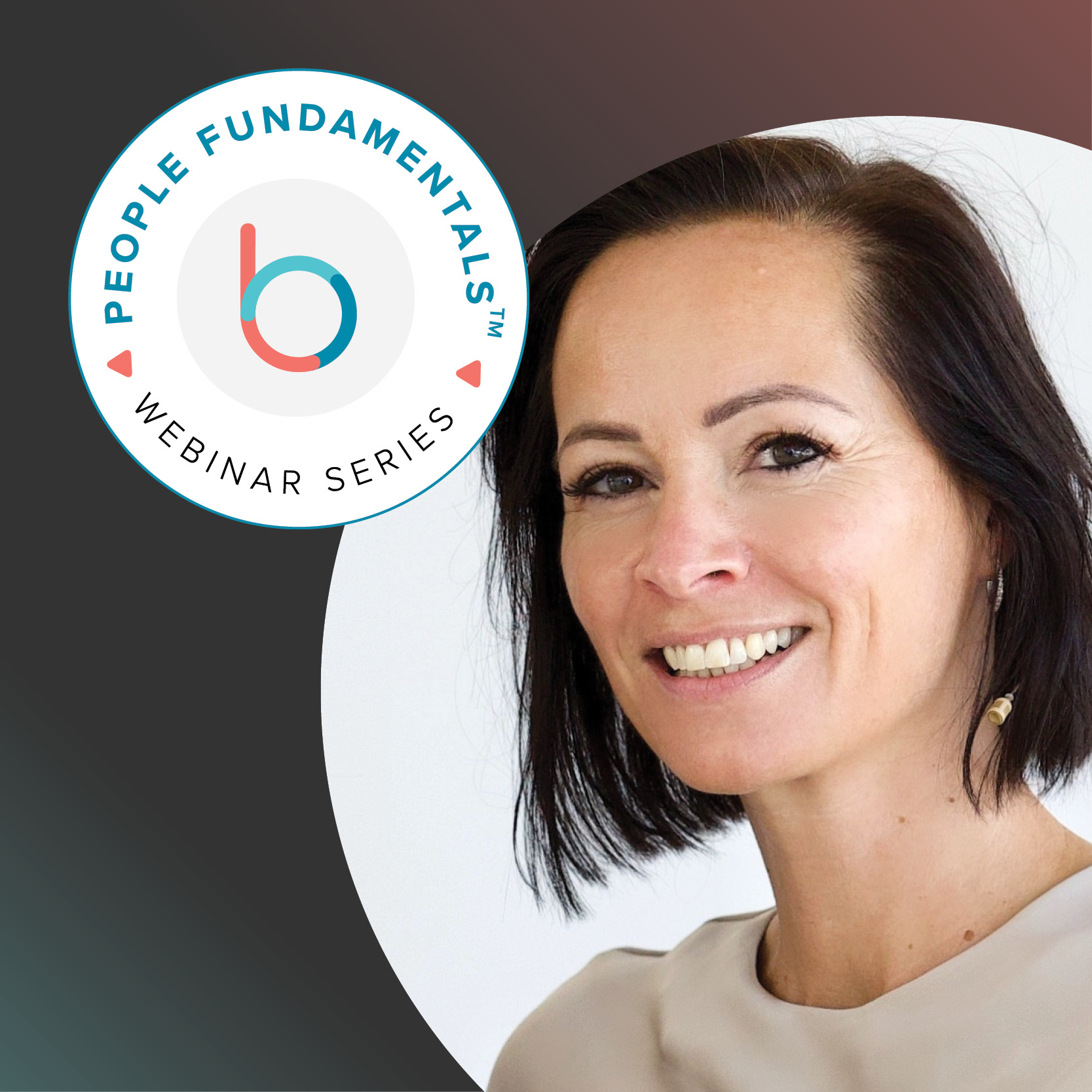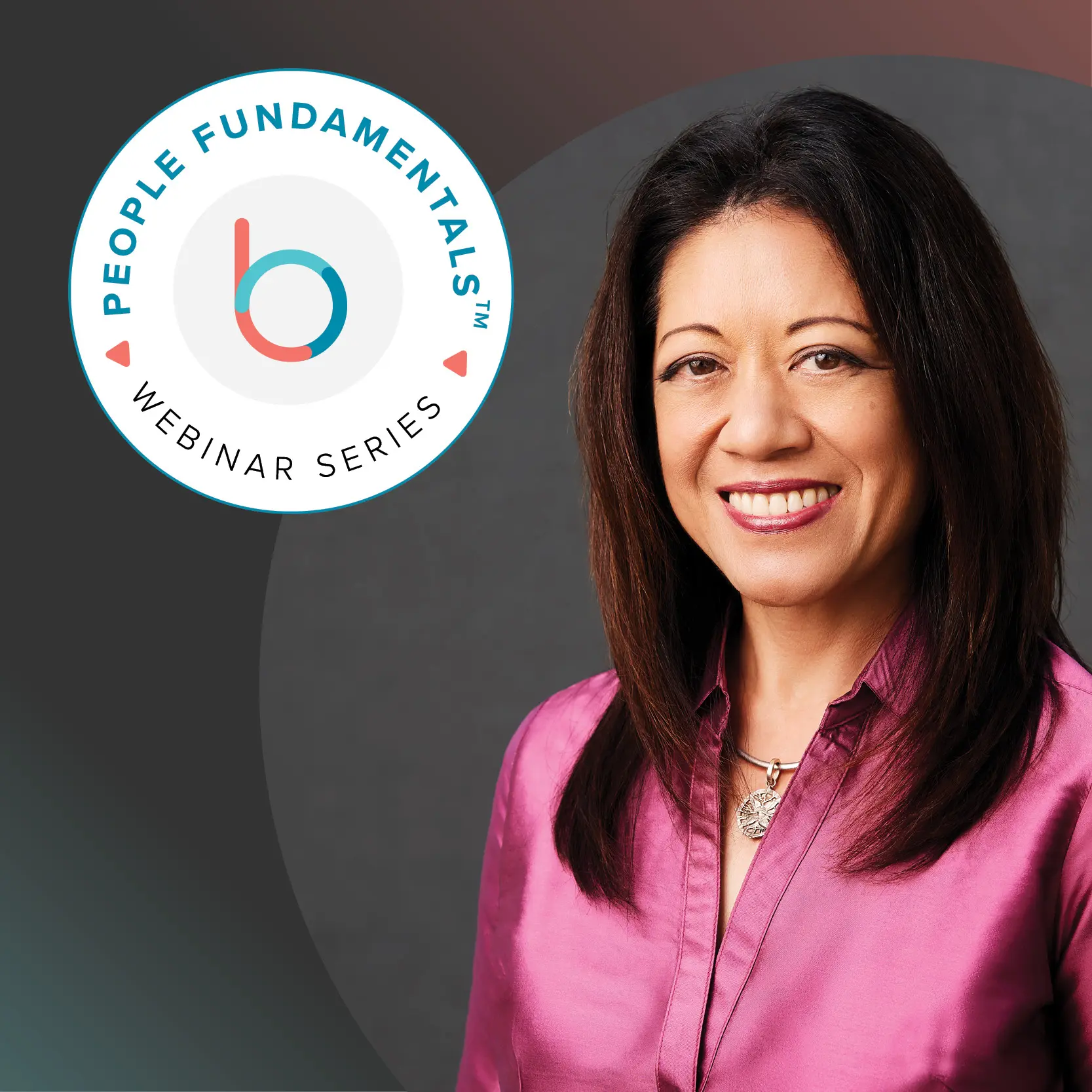You may have heard a lot recently about digital transformation in human resources, but what you may not have heard is that many of these projects go badly the first time around. Getting off to a bad start can mean a lot of remedial work, settling for a half-baked solution and a poor digital experience for employees.
The good news is that you can take steps on the front end to set your HR digital transformation up for success.
There are many factors that can contribute to the failure of a transformation initiative. One of the most common is not setting up a foundation for understanding what the initiative is focused on achieving or developing measurable business outcomes. But an early commitment to establishing well-defined and widely supported objectives and key results (OKRs) is an important first step.
Using an OKR model can help you clarify your purpose and priorities in pursuing digital transformation, says Angeli Elliott, digital HR transformation adviser and managing director at TechReady HR LLC. “When you start to outline the objectives, it helps the organization figure out how to make decisions and stay focused on what’s important,” she says. “The key results take that understanding to the next level as outcomes are measurable, transparent, and drive teams’ actions.”
Here’s how Elliott advises her clients to use OKRs to support HR digital transformation at their organizations.
Define What’s Most Important
Start with a broad conversation exploring why you want to pursue digital transformation. Engaging all of the stakeholders will help you see clearly where everyone is already aligned and where they aren’t. Knowing that, you can call for extra effort to align everyone before getting started.
“People will try to avoid those conversations, but I’ve learned there’s no way of getting around it,” Elliott says. “It’s better to tackle it earlier, and setting objectives is a good way to tackle it early and get everybody on the same page.” If you don’t take this step at the beginning, these misalignments will come out during the transformation process, derailing your momentum.
Talk to stakeholders across the business from the top to the bottom and back up again. “What I’m looking for on both ends is clarity on what the pain points are, what’s important, where the organization is struggling,” Elliott says. “I also speak to people in the business because that’s going to give you insight beyond what HR thinks is important.”
Stay Focused on What Matters
Once you’ve set your priorities, and everyone agrees on the direction you want to take, write your objectives in a way that helps you stay on track. “Keep objectives really short and easy to grasp, because you want to use it as a change management tool,” Elliott says. “If they’re short and sweet, they’re easier to remember and more consumable.”
Having something simple and memorable helps the people doing the work understand what to prioritize, which keeps everyone moving in the same direction. Consider consulting your marketing department to help you write objectives that are both meaningful and memorable.
In some cases, Elliott has found, as few as two words can have a big impact on your digital transformation journey. “In one project, we had an objective called ‘data first,’” Elliott says. “All processes had to be reviewed through this lens: Is this process capturing the right data to fully automate transactions and/or ultimately provide business insight?”
As you’re going through the transformation process, having clear, targeted objectives will remind you what to prioritize when you encounter obstacles. “When we hit a roadblock — and we’ll hit a lot during a digital transformation — I’m going to leverage these objectives and highlight to the client that the problem is either important when compared to our objectives (and thus in scope) or unimportant (and thus out of scope),” Elliott says.
This can help you determine whether tackling problems that come up along the way add value to the initiative’s efforts or are simply a distraction from achieving business outcomes.
Outline Clear Results and Ownership
The final piece of OKR setting for HR digital transformation is identifying the key results, which signal that you’ve achieved your objectives. Objectives alone can be fuzzy or unclear, and key results solidify them with metrics. “Those key results that you layer on to the objectives really give people some concrete goals,” Elliott says.
Without OKRs, companies may have a list of key performance indicators (KPIs) without knowing how they fit in the larger context or how they relate to each other. “When you combine the two, objectives and key results, you’re creating a level of transparency that you wouldn’t get if you just had objectives or if you just had KPIs,” Elliott says.
Another advantage of OKRs is the model’s emphasis on ownership. Elliott uses the RACI model — responsible, accountable, consulted, and informed — to further clarify who is responsible for each key result along the way. The model assigns overall responsibilities, accountability for specific deliverables, who the team should consult, and who needs to be kept informed of progress or roadblocks.
“For organizations that have never gone through a transformation, even a little one, you want to be as clear on the tasks related to those objectives as possible,” she says. This is especially important for digital transformation, where objectives could have several key players across the business, including HR, operations, and IT.
OKRs help you clarify your goals when pursuing HR digital transformation and keep you on track as you go through the process. That’s why, for Elliott, setting OKRs is among her first priorities in guiding clients through transformation.







